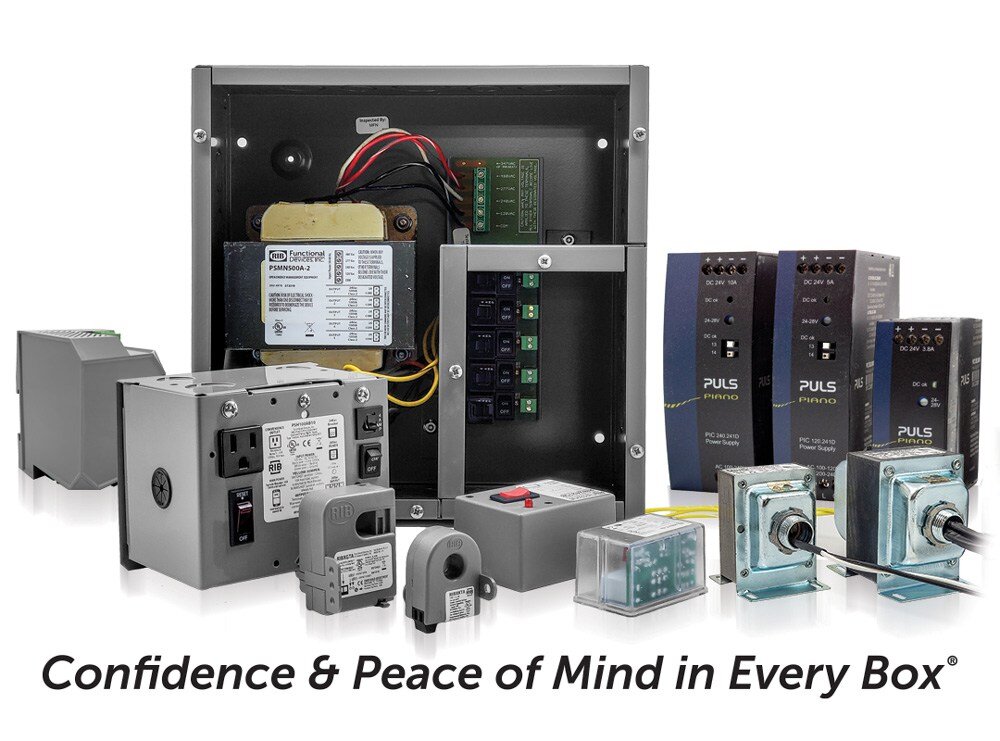
Problem With Zone Valves
Recently, a contractor called into tech support looking for help to get his customer's new heating system up and running. The customer had a hydronic heating system that consisted of a boiler and circulator in a mechanical room. Within were nine zone valves, which were split amongst three zones. The system was replaced with new components. Included were the zone valves. These valves were from a popular manufacturer and had a 3-wire connection. Unfortunately, the home only had two wires for 24 VAC transformer power to each zone valve location. The contractor was trying to devise a solution that would prevent pulling wire from each zone valve location back to the mechanical room.
Background: Zone Valve Wiring Challenges and Current Sensing
For the system to function properly, each zone valve has its power wired through a thermostat call. When the thermostat makes a call for heat, the zone valve is energized and begins to open. Once fully open, an end switch in the zone valve is closed. This contact closure is to be wired back to the aquastat. That way it knows when to fire the boiler and start the circulator. Since this installation lacked the wire needed, the thermostats would call and the zone valves would open, but no hot water would circulate. After some discussion and investigation, it was discovered that the three 40 VA transformers used to provide power for the zone valves were in the same mechanical room as the boiler and aquastat. From the datasheet, we learned that each zone valve would draw approximately 0.5 Amps when energized, which is enough to trip on of our Current Sensors.

Solution: Using Current Sensors and Relays for Aquastat Control
The solution was to put a current sensor on the secondary common of each of the transformers. The current sensor outputs were wired in parallel to the input of our Dry Contact Input relay (RIB01BDC), the relay is wired to 120 VAC continuous power, and the Normally Open (N/O) relay output is wired to the TT terminals on the aquastat. Now whenever a thermostat calls and a zone valve is energized, the current is sensed in the mechanical room. The current sensor output closes, which closes the input to the dry contact relay and provides a contact closure to the aquastat. Since our current sensors have a solid state output, they have a small amount of trickle current when OFF. We were concerned that would interfere with the operation of the aquastat. Therefore, the dry contact relay was added in between to provide a truly dry contact.
About Functional Devices, Inc.

Functional Devices, Inc., located in the United States of America, has been designing and manufacturing quality electronic devices since 1969. Our mission is to enhance lives in buildings and beyond. We do so by designing and manufacturing reliable, high-quality products for the building automation industry. Our suite of product offerings include RIB relays, current sensors, power controls, power supplies, transformers, lighting controls, and more.
We test 100% of our products, which leads to less than 1 out of every 16,000 products experiencing a failure in the field.
Simply put, we provide users of our various product confidence and peace of mind in every box.
